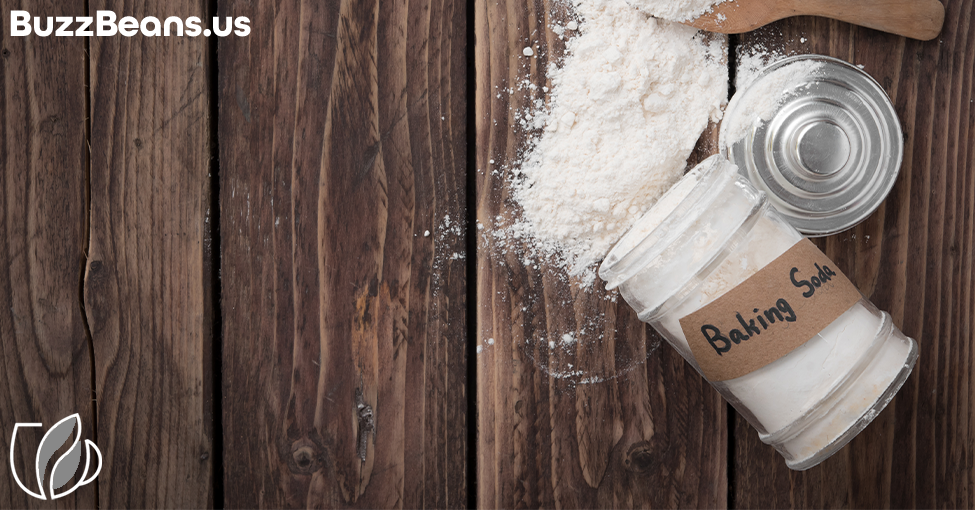Do you struggle with acid reflux pains after your morning coffee? Maybe you’re concerned about acidity for another health reason. If so, you’re in the right place. While we all love coffee, many of us struggle with the acidic nature of coffee. The coffee community has been buzzing about different methods to alleviate this pesky dilemma. This ongoing conversation is why we created this guide that summarizes a handful of the most effective ways to reduce the acidity in coffee.
Before we dive into the various ways to reduce the acidity in your coffee, let’s discuss the chemistry. Once we hammer out this foundation background information, we will then explore how you can make your coffee less acidic.
Is Coffee Acidic or Alkaline?
This question likely brings up awful memories of high school chemistry. However, it’s an important question to consider.
Scientists measure acidity using the pH scale, which is the measure of the relative presence of positive hydrogen ions. This is because the density of hydrogen present in a solution dictates how acidic a substance is.
When hydrogen interacts with other elements, it can either gain or lose electrons. When hydrogen loses electrons, it forms a positive ion, which can cause a handful of other reactions. Many of these reactions can wreak havoc in our bodies and bring about discomfort.

If hydrogen gains electrons, then it bonds with Oxygen and forms a negatively charged molecule. This is a lot to keep in mind and most of it doesn’t matter when it comes to coffee. However, one aspect is wicked important: plain water is neutral and everything we do to water influences this balance.
In most cases, coffee typically has a pH of less than 5 (out of 7). This means that coffee is acidic and the only way to make coffee less acidic is to alter the number of hydrogen ions.
Alkalizing Additives
Since the primary objective of reducing the acidity in coffee is to change the balance of hydrogen ions, one of the most effective methods is to use alkalizing additives. These include over-the-counter options such as Tums, but the easiest option is to simply add baking soda to your coffee. Baking soda has a high pH, which means that it will reduce the acidity of any compound to which it is added.

If you struggle to handle acidic coffee, you can add a quarter teaspoon of baking soda to a full pot of coffee. The baking soda will dissolve and won’t alter the taste of your coffee. However, adding more than the recommended amount of baking soda will leave a distinct taste.
Different Brewing Methods
Another way to reduce the acidity of your coffee and make it more agreeable is to explore different brewing methods. Since certain compounds are extracted at different rates. For instance, cold brew is far less acidic than traditional drip coffee. This means that whenever you drink cold brew coffee, you’re less likely to experience discomfort from acid reflux.
The Best Way to Reduce the Acidity in Your Coffee

Last, but not least, we have a method that’s so easy that it almost feels like cheating. You can reduce the acidity of your coffee by adding a splash of water!
Think back to the mini chemistry lesson earlier. Water, by definition, is neutral. This means that adding water to your coffee will decrease the relative density of hydrogen ions. This is an effective way to increase the pH of your coffee and make your morning nectar more alkaline.
Closing Thoughts
The acidic nature of coffee is something that we need to accept. No matter how much we wish it wasn’t so, the truth of the matter remains -coffee will always be a little bit tart.
However, if you give the above methods a try, you will find that your coffee will be less acidic and gentler on your stomach.




